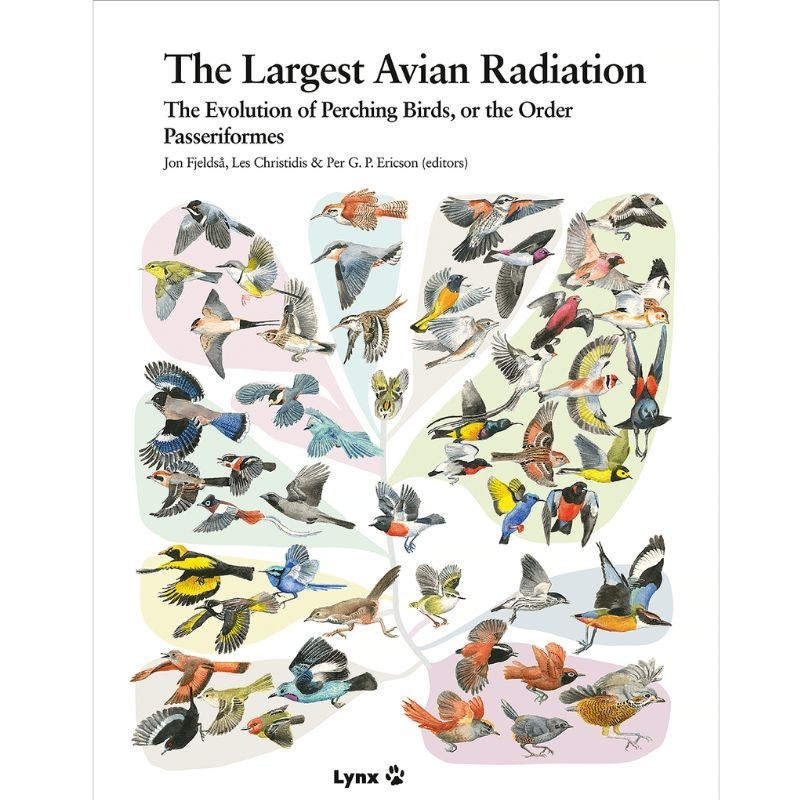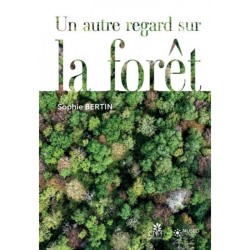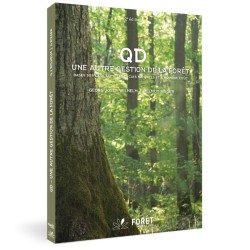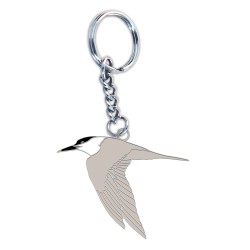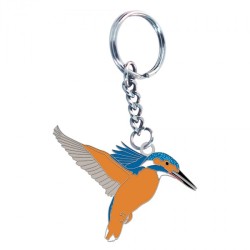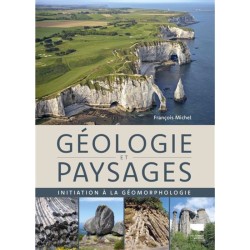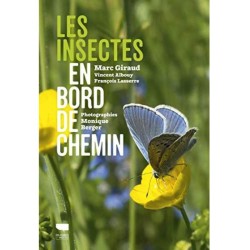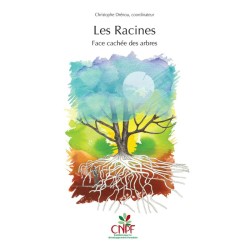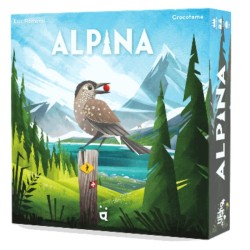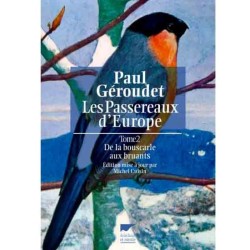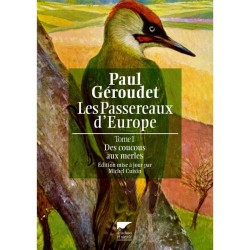The Largest Avian Radiation - The Evolution of Perching Birds or the Order Passeriformes
Ce livre révèle la nouvelle histoire remarquable de la diversification et de la dispersion des passereaux dans le monde entier. Il présente et explique également la nouvelle classification, qui reflète l'histoire phylogénétique.
Les nouvelles connaissances révèlent que de nombreuses anciennes lignées évolutives ne comprennent que quelques espèces qui sont restées dans leur zone d'origine ou ont subi une dispersion limitée. Seul un petit nombre de groupes a connu une prolifération significative de nouvelles espèces et seulement cinq (sur 145) familles de passereaux sont représentées sur tous les continents sauf l'Antarctique. Malgré cela, la variation globale de la richesse en espèces est généralement en bonne corrélation avec la variation de la productivité dans les différents environnements.
Nous voyons comment un taux d'évolution global apparemment constant de nouvelles espèces est possible en raison d'une prolifération rapide dans de nouvelles niches écologiques, notamment les archipels, et d'une accumulation extraordinaire d'espèces endémiques dans certaines chaînes de montagnes tropicales.
En plus de décrire l'histoire évolutive révisée des passereaux, les auteurs tentent d'identifier les changements adaptatifs, y compris les changements de stratégies d'histoire de vie, qui sous-tendent les expansions évolutives majeures. Leur objectif est de poursuivre le développement d'une théorie unifiée pour expliquer comment la prodigieuse variation de la biodiversité de la Terre est générée.
This book reveals the remarkable new history of how passerines diversified and dispersed across the entire world. It also presents and explains the new classification, which reflects the phylogenetic history.
The new insights reveal that many of the old evolutionary lineages comprise only a few species that remained in their area of origin or underwent limited dispersal. Only a small number of groups underwent significant proliferation of new species and just five (of 145) passerine families are represented on all continents but Antarctica. Even so, the global variation in species richness generally correlates well with the variation in productivity across different environments.
We see how a seemingly constant overall rate of evolution of new species is possible because of rapid proliferation in new ecological niches, including archipelagos, and an extraordinary accumulation of endemic species in certain tropical mountain ranges.
In addition to describing the revised evolutionary history of passerine birds, the authors try to identify adaptational changes, including shifts in life history strategies, that underlie major evolutionary expansions. Their aim is to further the development of a unified theory to explain how the prodigious variation of Earth’s biodiversity is generated.
- Cartonné/Hardback : 445 pages
- Editeur/Published by : Lynx Edicions (novembre 2020/November 2020)
- Catégories/Categories : Oiseaux, Monographies sur la faune et la flore/Birds, Wildlife Monographs
- Langue/Language : anglais/English
- CB : 9788416728336
- Dimensions : 24 × 31 x 3,5cm
- Poids/Weight : 2,6 kg
Authors :
- Jon Fjeldså (lead editor and author), Center for Macroecology, Evolution and Climate, Natural History Museum of Denmark, Copenhagen, Denmark.
- Per G P Ericson (editor and author), Department of Bioinformatics and Genetics, Swedish Museum of Natural History, Stockholm, Sweden.
- Les Christidis (editor and author), Southern Cross University, Coffs Harbour, New South Wales, Australia 2450.
- Per Alström, Department of Ecology and Genetics, Animal Ecology, Evolutionary Biology Centre, Uppsala University, Uppsala, Sweden; and Key Laboratory of Zoological Systematics and Evolution, Institute of Zoology, Chinese Academy of Sciences, Beijing 100101, China.
- Staffan Andersson, Department of Biology and Environmental Sciences, University of Gothenburg, Sweden.
- HenriqueBatalha Filho, Biology Institute, Federal University of Bahia, Bahia, Brazil.
- Michael Krabbe Borregaard, Center for Macroecology, Evolution and Climate, Natural History Museum of Denmark, Copenhagen, Denmark.
- Rauri C K Bowie, Department of Integrative Biology and Museum of Vertebrate Zoology, University of California, Berkeley, USA.
- Alice Cibois, Natural History Museum of Geneva, Geneva 6, Switzerland.
- Jérôme Fuchs, Institut Systématique, Evolution, Biodiversité (ISYEB), Muséum National d’Histoire Naturelle, CNRS, Sorbonne Université, Paris, France.
- Martin Irestedt, Department of Bioinformatics and Genetics, Swedish Museum of Natural History, Stockholm, Sweden.
- Ulf S Johansson, Swedish Museum of Natural History, Stockholm, Sweden.
- Knud A Jønsson, Natural History Museum of Denmark, Copenhagen, Denmark.
- Peter Søgaard Jørgensen, Global Economic Dynamics and the Biosphere. Royal Swedish Academy of Sciences, Stockholm Resilience Center, Stockholm University. Stockholm, Sweden.
- Jonathan D Kennedy, Center for Macroecology, Evolution and Climate, Natural History Museum of Denmark, Copenhagen, Denmark.
- Petter Zahl Marki, Center for Macroecology, Evolution and Climate, Natural History Museum of Denmark, Copenhagen, Denmark; and Natural History Museum, University of Oslo, Oslo, Norway.
- Cristina Yumi Miyaki, Institute of Biological Sciences, University of São Paulo, Brazil.
- Jan I Ohlson, Department of Bioinformatics and Genetics, Swedish Museum of Natural History, Stockholm, Sweden.
- Urban Olsson, Department of Biology and Environmental Sciences, University of Gothenburg, Sweden.
- Michael Le Pepke, Center for Macroecology, Evolution and Climate, Natural History Museum of Denmark, Copenhagen, Denmark; and Centre for Biodiversity Dynamics, Department of Biology, Norwegian University of Science and Technology, Trondheim, Norway.
- Carsten Rahbek, Center for Macroecology, Evolution and Climate, Natural History Museum of Denmark, Copenhagen, Denmark.
- Martin Stervander, Institute of Ecology and Evolution, University of Oregon, Eugene, Oregon, USA.
Les clients qui ont acheté ce produit ont également acheté :
Vous aimerez aussi

